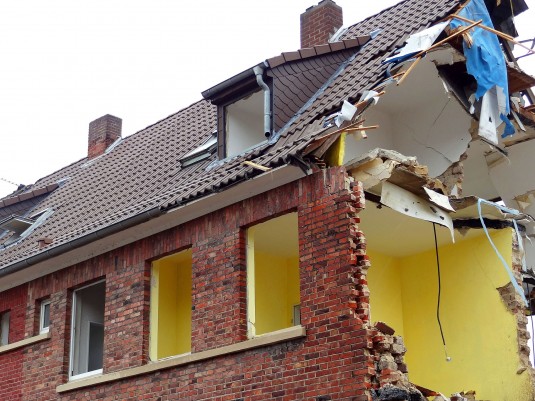
You’re inspired. You’ve done your research, you’ve saved your favorite magazine articles and photos, and you’re starting to envision what your dream house will look like in reality. You’ve made the decision to remodel your home or build a new one and you’ve selected your architect. You’ve taken big steps as you’re making these monumental family and financial decisions.
 So, what’s the first thing you need to talk about in your initial conversations with your architect? Sheri, and the staff of live-work-play, will want to start the discussion from the ground up; from financial options, to site design, to decisions on building systems and materials, from foundations to the roof.
So, what’s the first thing you need to talk about in your initial conversations with your architect? Sheri, and the staff of live-work-play, will want to start the discussion from the ground up; from financial options, to site design, to decisions on building systems and materials, from foundations to the roof.
Our “From the Ground Up” series will focus on all of the above, starting here with how to finance your project. When it comes to financial issues, we don’t consider ourselves experts, but we would like to get you started with some pertinent information and valuable resources. There are different considerations depending on your project. Are you adding on or altering a current home? Are you building a detached accessory dwelling unit (DADU)? Are you contemplating completely new custom home? Below are some possibilities to consider.
 For additions and home alterations:
For additions and home alterations:
- Cash: Where does it come from: savings, sale of stock, inheritance, family gift?
- Home equity line of credit (HELOC): There is a maximum amount of credit established by the bank, but you will only pay interest on what you actually spend. A HELOC often has a variable interest rate and a balloon of 15 years. HELOC’s can be converted to a home equity loan (HELOAN) with a fixed interest rate when you’re all done spending.
- Home equity loan HELOAN: This is a fixed amount, disbursed all at once at a fixed rate, with a pay back term which you have to start paying back when the money is disbursed.
- Construction loan: This is based on appraised value when construction is complete. Typically, a bank pays the contractor when invoices are submitted, and then bank personnel visit the site before paying the contractors invoices to see that the work was actually completed. There is consequently a lag time until the contractor is paid.
For detached accessory dwelling unit (DADU), options here include:
- Cash
- Home equity line of credit (HELOC)
- Home equity loan (HELOAN)
- Construction loan: Fannie Mae does not underwrite second units on single family property (as of this writing) so a construction loan is more likely to be a “portfolio” loan NOT underwritten by Fannie Mae. Washington Federal is a good place to start. In general, you’ll want to stick to a more local or “local” bank such as credit unions, Homestreet, Umpqua, Salmon Bay and Washington Federal. (All banks have their own nuances to the rules, so it is important to ask a lot of questions and find out what each bank does, and does not do, that applies to your particular situation. Some, for example, may include potential DADU rental income in the income calculation and some won’t.
For new house construction options are:
- Cash
- More typically a construction loan (see above) or a conventional construction to permanent loan product
- FHA construction to perm products are available at times for a lower down payment, but they incur mortgage insurance costs both up front and ongoing and may be more challenging to locate.
With all of the above ideas, you can refinance into one mortgage when construction is complete, potentially making more sense long term.
 We hope this information is helpful in your planning and securing financing for your project. Remember to ask lots of questions and do your research. This is most important in avoiding any disappointments, setbacks or lapses as you move through the construction process.
We hope this information is helpful in your planning and securing financing for your project. Remember to ask lots of questions and do your research. This is most important in avoiding any disappointments, setbacks or lapses as you move through the construction process.
Next up in our series: From the Ground Up–Site Design.
Call or e-mail the professionals at live-work-play now to discuss your new design or remodeling project. 206.726.0077
info@live-work-play.net

